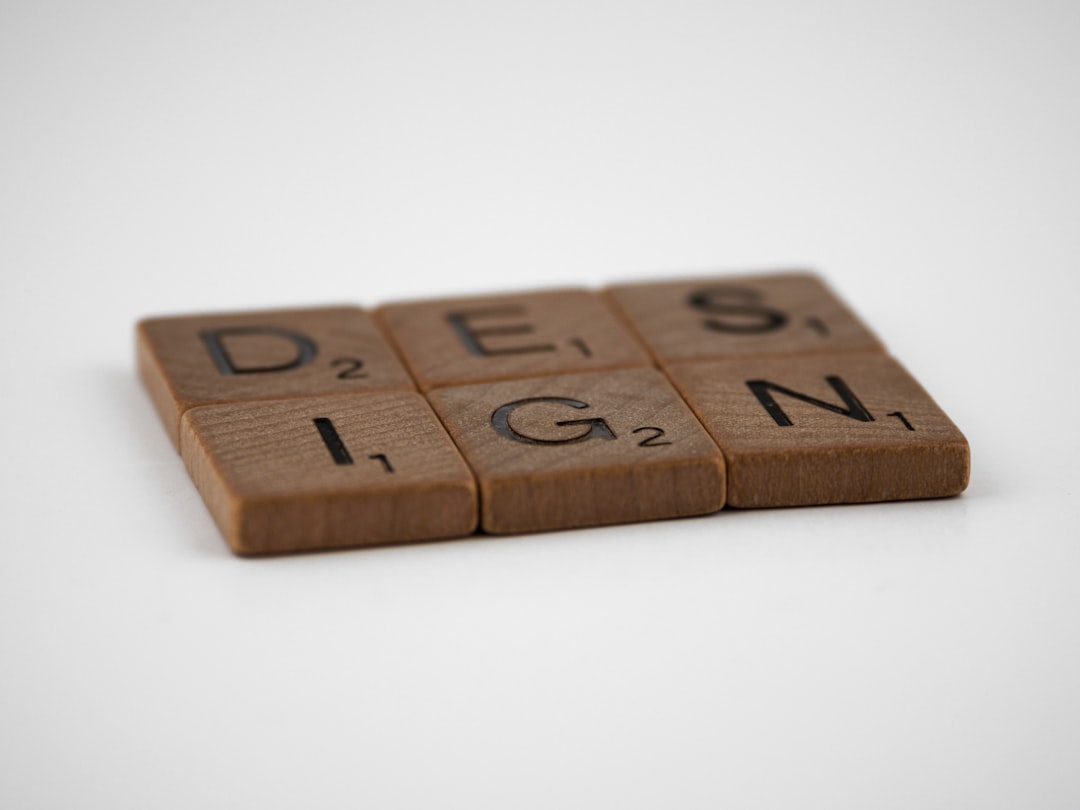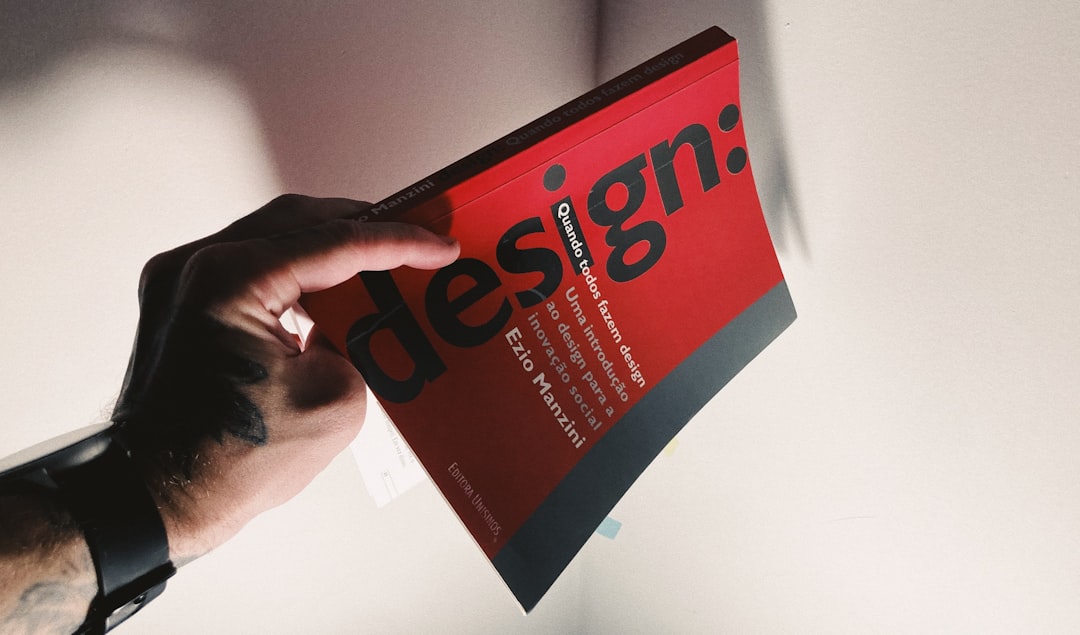Logo Handoff Packages: What To Include Every Time
Whether you’re a freelance graphic designer, a studio professional, or part of an agency, delivering a polished logo handoff package is an essential final step in any branding project. It’s more than just providing a set of image files—it’s about ensuring your client has all the tools and guidance they need to use their brand identity effectively and consistently.
TL;DR
A logo handoff package should include more than just the logo files; it should be a comprehensive toolkit your client can use across all media. Ensure you include logo variations, file types, color codes, font details, and clear usage guidelines. Organize everything intuitively and provide editable formats where appropriate. Done right, your handoff package builds trust and sets the foundation for consistent, professional brand usage.
Why a Proper Handoff Package Matters
A well-composed handoff package ensures your client can manage their brand without constantly seeking your help. It minimizes misuse of the design and maintains brand integrity long after your job is done. Additionally, it showcases your professionalism and adds value to your service.
Essential Elements of Every Logo Handoff Package
Let’s break down each component that should be included in your logo handoff package.
1. Final Logo Files
This is the heart of the package. Clients expect to receive their logo in multiple formats for different use cases. Make sure to include:
- AI (Adobe Illustrator): The original vector file for scalability and future edits
- EPS: Widely used in print and compatible across design software
- SVG: Perfect for web and digital uses
- PDF: High-res format useful for printers and presentations
- PNG: Transparent background, best for digital and web use
- JPG: Compressed format great for general use, especially in Word docs or casual platforms
Each format should be exported in both RGB for screen and CMYK for print when appropriate.
2. Logo Variations
Logos aren’t one-size-fits-all. Depending on the medium, background color, or size, different variations will be needed. Include these common configurations:
- Primary (Full Logo): The standard horizontal or vertical version
- Secondary (Stacked or Simplified): Alternative arrangement for space constraints
- Icon/Mark only: Used for social media avatars, favicons, etc.
- Black and White versions: Ideal for stamps, newspaper prints, or minimal usage
- Color Reversal: White or single-color versions for dark backgrounds

3. Clear Naming and Organization
Nothing says “unprofessional” like a chaotic handoff folder named “final_final_v12.” Make it crystal clear by organizing files into intuitive folders such as:
- Logo Files
- Primary
- Secondary
- Icon Only
- Color Formats
- RGB
- CMYK
- Black & White
- File Types
- AI
- EPS
- SVG
- PNG
Each file should also follow a consistent naming convention like companyname_primary_RGB.ai to reduce confusion.
4. Brand Color Codes
Consistency in color is a core part of branding. Make sure to include:
- Hex codes: For web (e.g.,
#FF5733) - RGB values: For digital design (e.g.,
R:255 G:87 B:51) - CMYK values: For print (e.g.,
C:0 M:66 Y:80 K:0) - PMS (Pantone Matching System): For premium printing if applicable
Include a small swatch image or table displaying each color to enhance clarity.
5. Typography Guidelines
Typography is often half the identity. If your logo or branding includes specific typefaces, make sure to provide:
- Name of the font and download link (if freeware)
- Licensing information if the font is premium (do they need to purchase it?)
- Suggested pairing fonts used in branding materials (e.g., headings/body)
If you created a custom logotype, include an outline version so the client can use it without needing the font file.
6. Logo Usage Guidelines
Prevent brand abuse before it happens by outlining how the logo should—and shouldn’t—be used. Include examples and rules like:
- Minimum clear space around the logo
- Minimum and maximum usage sizes
- Acceptable and unacceptable background colors
- Don’ts: Don’t stretch, skew, rotate, or add effects

Use visuals wherever possible. Seeing what “not to do” is often more effective than a written explanation.
7. Favicon Files
Favicons are vital for websites and browser tabs. Package a .ico file along with PNGs at different sizes like 16×16, 32×32, and 64×64. Don’t make your client figure this out themselves.
8. Editable Source Files
Providing editable source files shows transparency and trust. While you might worry about the client editing the logo, it’s better they have access when working with other professionals. Include:
- AI or PSD files: Layered and fully editable
- Font files: If licenses permit distribution
Make sure layers are named, grouped, and organized. A clean file goes a long way in making future edits painless for others.
9. A ‘Read Me’ or Brand Quick Start Guide
Create a simple PDF document that acts as a user manual for the whole package. It can include:
- What’s inside each folder
- Recommended file usages
- Contact info for future help or rebrands
It should be non-technical and designed with user-friendliness in mind. Think of it as a cheat sheet for your client.
Optional (But Impressive) Extras
If time allows, consider including these bonus elements that elevate your professionalism:
- Mockups or Use Cases: Show the logo in context—on business cards, websites, social media
- Brand Style Tile: A one-page visual summary of the brand (logo, colors, fonts)
- Social Media Kit: Pre-sized banners, avatars, and post templates
Tips for Delivery and Presentation
Once everything is neatly compiled, deliver via a cloud link (Google Drive, Dropbox, or similar) or as a zip file. Keep file sizes manageable and test downloads before sending to your client.
For extra polish, add a branded PDF cover page or an HTML file that acts like a dashboard for navigating the package.
In Conclusion
A well-thought-out logo handoff package is your final chance to impress and provide genuine value. It shows your commitment to both quality design and excellent client experience. By including all the essentials and taking the time to organize and label clearly, you hand off more than just a logo—you hand off power and confidence to your client.


